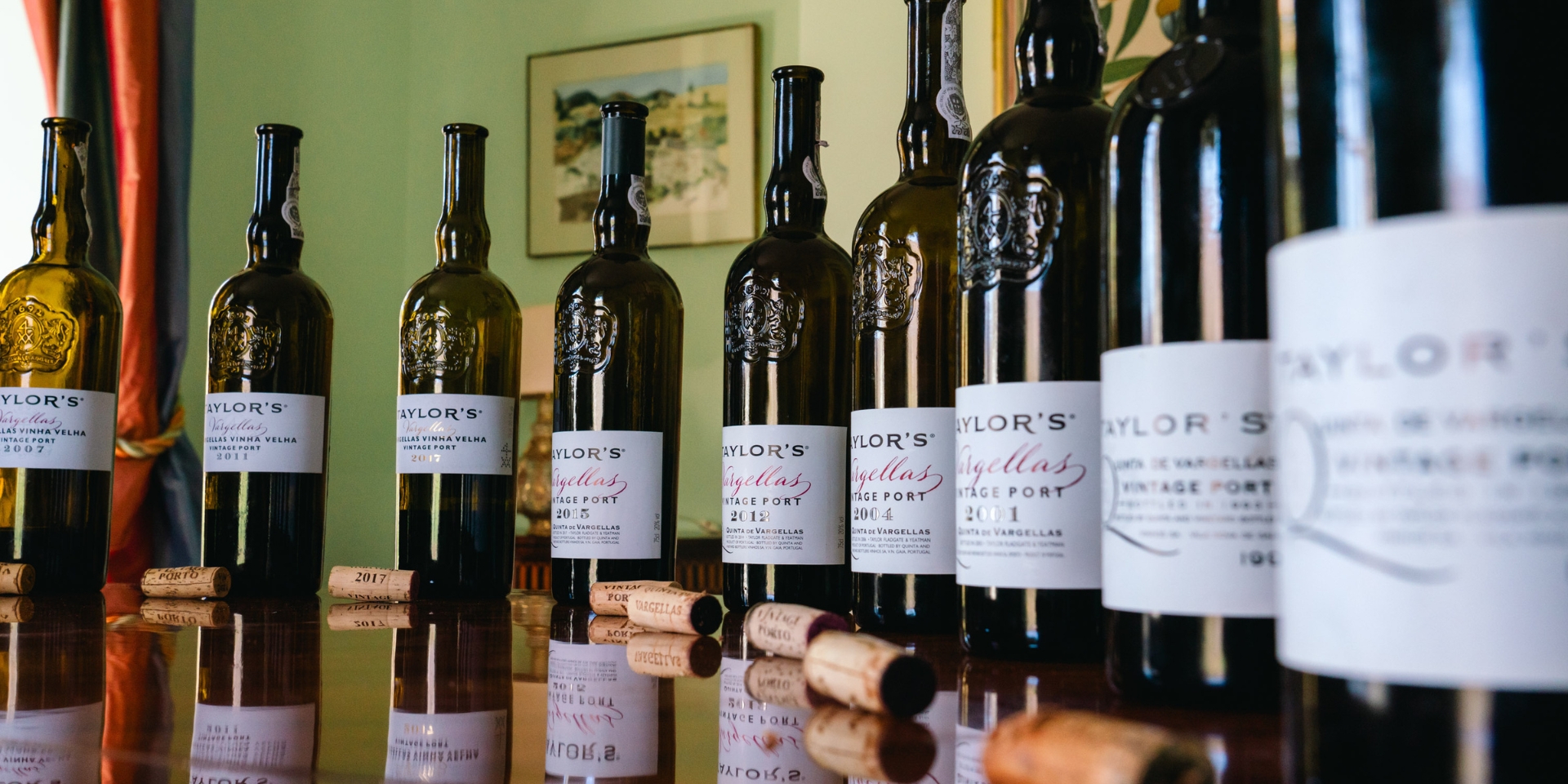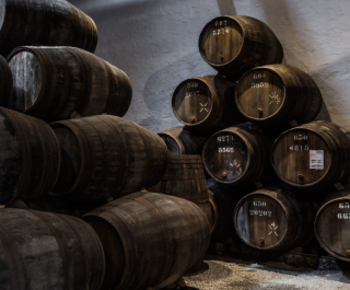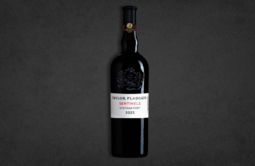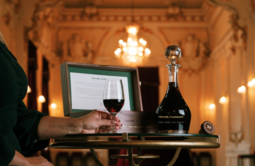Birth of Vintage Port
The last years of the 18th century witnessed another important development which was to have a decisive influence on Port and its emergence as a great classic wine. This was the evolution in the shape of the glass bottle.
Early 18th century bottles were bulbous, broad bottomed and short necked. They could stand upright but could not be laid on their sides. Their main purpose was to carry wine from the taverner’s cask to the table and, once empty, they would be sent back to be re-filled. A bottle often bore the initials or crest of its owner.
Over the decades, as production techniques evolved, bottles became progressively slimmer and more elongated, with longer less tapered necks. A valuable collection of bottles illustrating this evolution can be seen in the visitor’s room at Taylor Fladgate’s lodges in Oporto. By the 1770s, bottles had become sufficiently cylindrical to be stored on their sides.
In the 19th century glass making techniques improved further making it possible to manufacture bottles of uniform capacity at lower cost. This evolution in bottle shape led to the emergence of Vintage Port, wine of a single year which could be stored and aged in the cellar. According to some historians the first Vintage Port was made in 1775, predating the first bottled vintage Bordeaux, the Château-Lafite 1787, by twelve years.
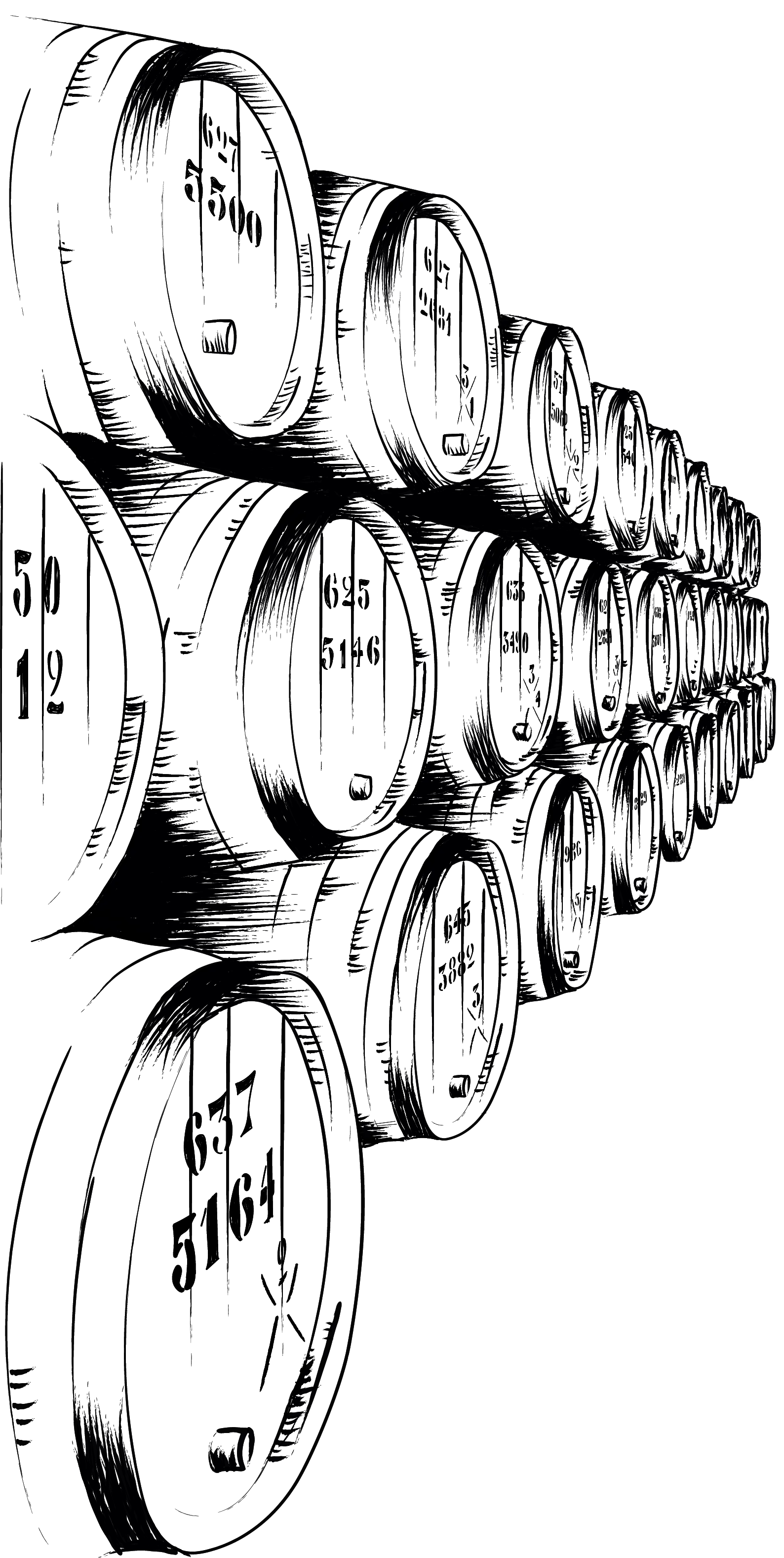

discover more

